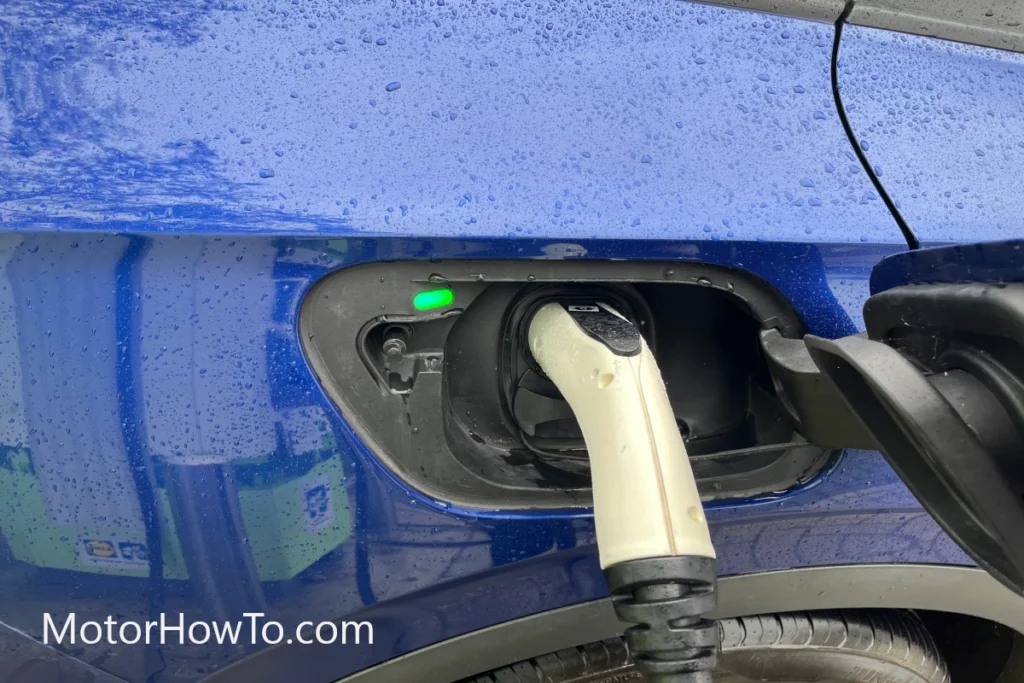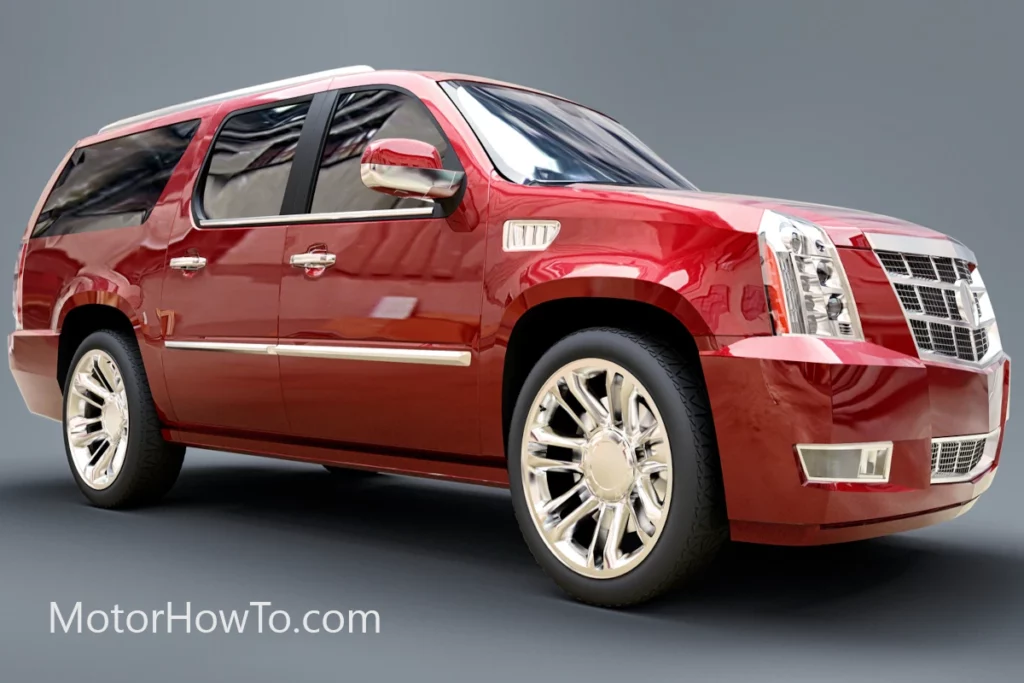What helps you to travel effortlessly from one place to another? Your Car! And what will ensure to make your commute as enjoyable as possible? An Infotainment System in a car!
With many technological advancements, infotainment systems have become quintessential in modern cars.
According to the survey by MarketsandMarkets, the growth of the in-vehicle infotainment market is predicted to reach USD 30.47 billion by the end of 2022, with a CAGR of 11.79%.
Here’s What An Infotainment System Is?
An in-vehicle infotainment system is a perfect combination of hardware and software that deliver entertainment content or information to the driver and passengers. Simply put, the infotainment system in a car can connect with smart technologies such as sensors, telematics devices, and smartphones to provide a safe, fun, and productive driving experience.
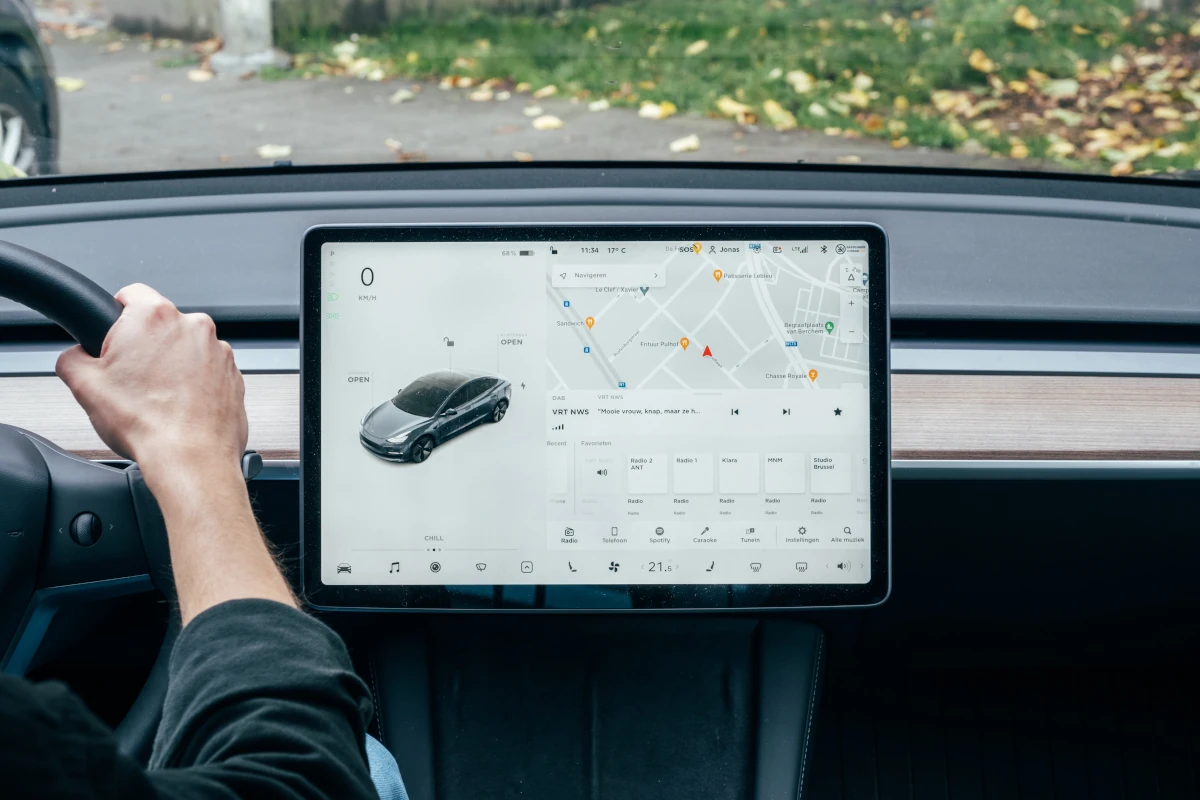
The term Infotainment however is an industry-standard portmanteau of ‘information’ and ‘entertainment’, indicating the technological interface of care.
Let’s read on to find out more about the Infotainment system in your car.
Related:
- What Is A Car Entertainment System? (Explained For Beginners)
- What Does Instrument Cluster or Dashboard Do? (Must Read)
- What Is A Weblink In The Car? (Explained For Beginners)
Where Is The Infotainment System In The Car?
The infotainment comes in the form of either a touch screen or display that is usually mounted on the dashboard in the center of a car.
Because the function of an Infotainment system is to provide critical information about the car and its performance it is placed conveniently and easily accessible for the driver without adding any risks or distractions.
The complex and advanced combination of features that are incorporated in the cars’ infotainment system is usually hidden from the driver, whereas the controls can be easily accessed from a single central console.
How Do You Use A Car Infotainment System?
The advanced display of an infotainment system in the car allows the driver to control various functions with just a tap of the finger.
The primary objective of an infotainment system is to provide prompt and easy access to the drive, in a centralized location, with little to no distraction possible.
There is a wide range of functions you can control by infotainment systems such as below:
Heating And Air Conditioning Integration
Before the infotainment era, The driver or passenger had to adjust the settings manually.
However, just a dial or slide in the infotainment system will help you set the number comfortably and electronically.
Digital Radio And Smartphones
With the infotainment system, the car now can communicate with your smartphones with just a few touches on the screen.
For instance, through a Bluetooth connection, the driver or passenger can perform various activities, from making a call to a person to start playing your favorite songs.
GPS
The infotainment system is fully integrated with GPS features in the software or through the communication line with the driver’s smartphone.
It allows both drivers and passengers to get real-time updates on traffic and route to the desired destination.
Lighting
Infotainment systems in cars can control in-vehicle lighting in the footwell, console, or headliners.
Drivers can also change the light colors through the display screen.
Easy Access To The Internet
Drivers of passengers, people like to spend their traveling time reading, studying, or working, especially during the parking time.
Some infotainment systems can help you overcome the boring phase by providing quick access to the internet where one can binge-watch their favorite show or do their presentation.
Reversing Camera
The infotainment system has an advanced parking assistance system that will provide the users with a video feed from the rear view camera.
It will be only displayed when you use the reverse gear, helping to maneuver in the tight parking areas.
Screen Mirroring
Screen mirroring in the car’s infotainment system will allow the users to wirelessly connect their smartphones to the car and mimic its user interface on the large touch screen in the car.
Despite the proliferative functionalities, the handling process is quite easy, as they can all be controlled via a touch-sensitive display in the center of the dashboard.
What Does The Infotainment System Include?
Some infotainment systems are more intuitively designed than others, where you can gain access to a wide range of apps.
It will not only improve the operation of the car but also enhance the overall driving experience.
Here we have compiled some of the common features included in the infotainment system.
High-Resolution Touch Screen Display Monitors
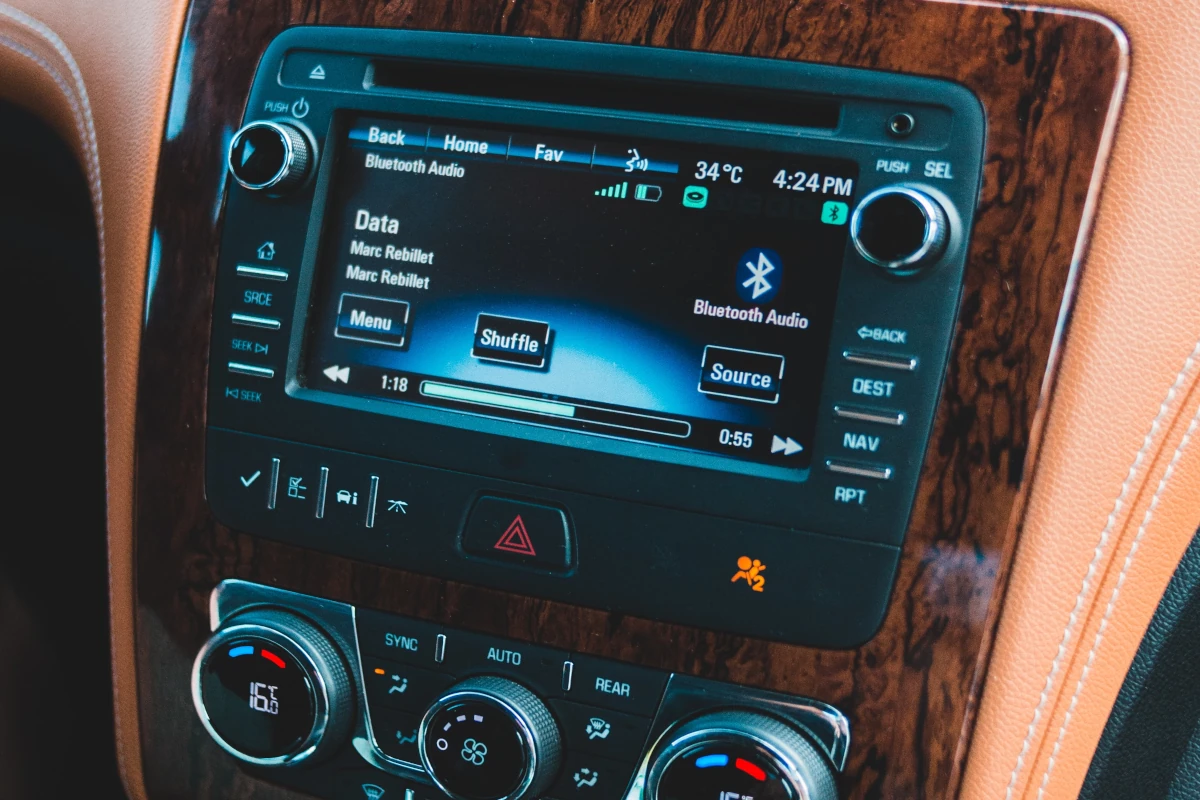
The control system dashboard is the central hub unit of any automotive infotainment system in a car.
The touch screen made up of LCD (Liquid Crystal Display) or (Thin Film Transistors) presents a compact display with optimal functionality, and It includes large buttons and icons for ease of operation during driving.
The multimedia icons in the menu include various features such as a map, hands-free Bluetooth facility, music streaming, and more.
Smartphone Integration
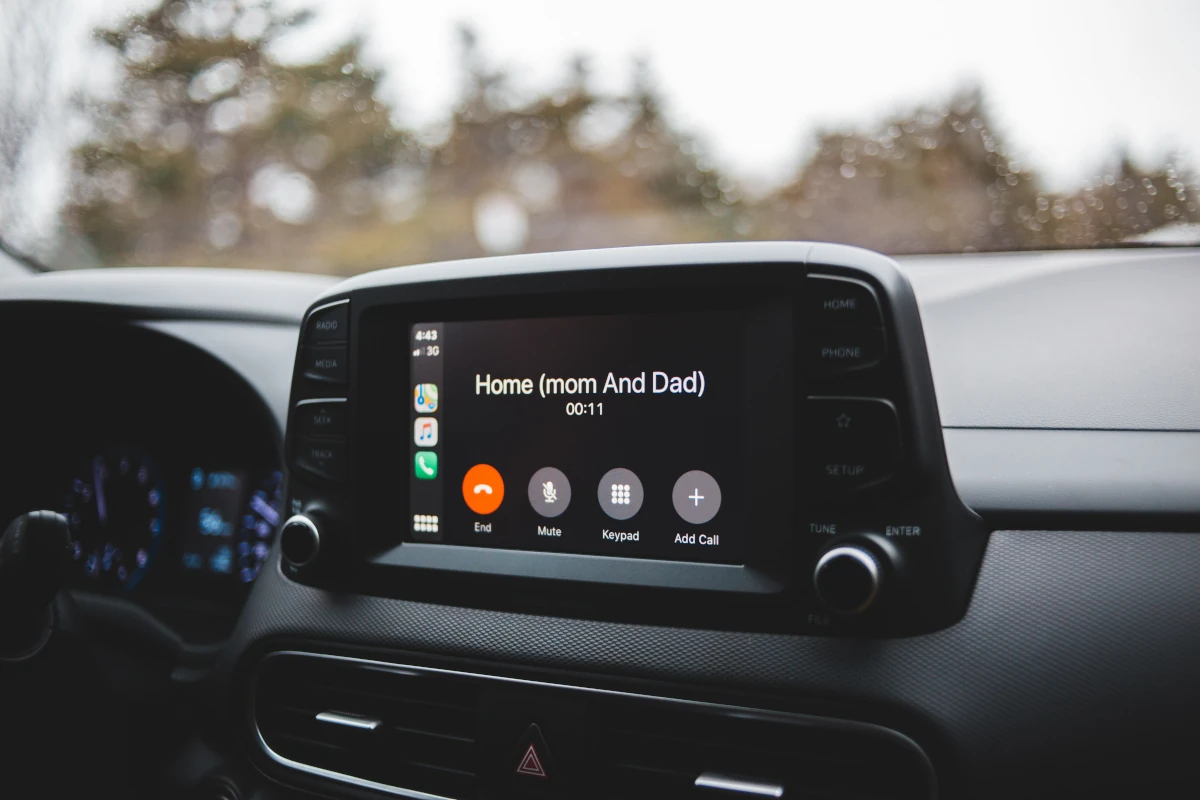
Paring the smartphones with the infotainment system in a car will provide a safe and smart way for drivers to use their phones.
It allows the users to make or receive calls, send voice messages, read messages, play music, podcasts, and much more.
SeatBack Display
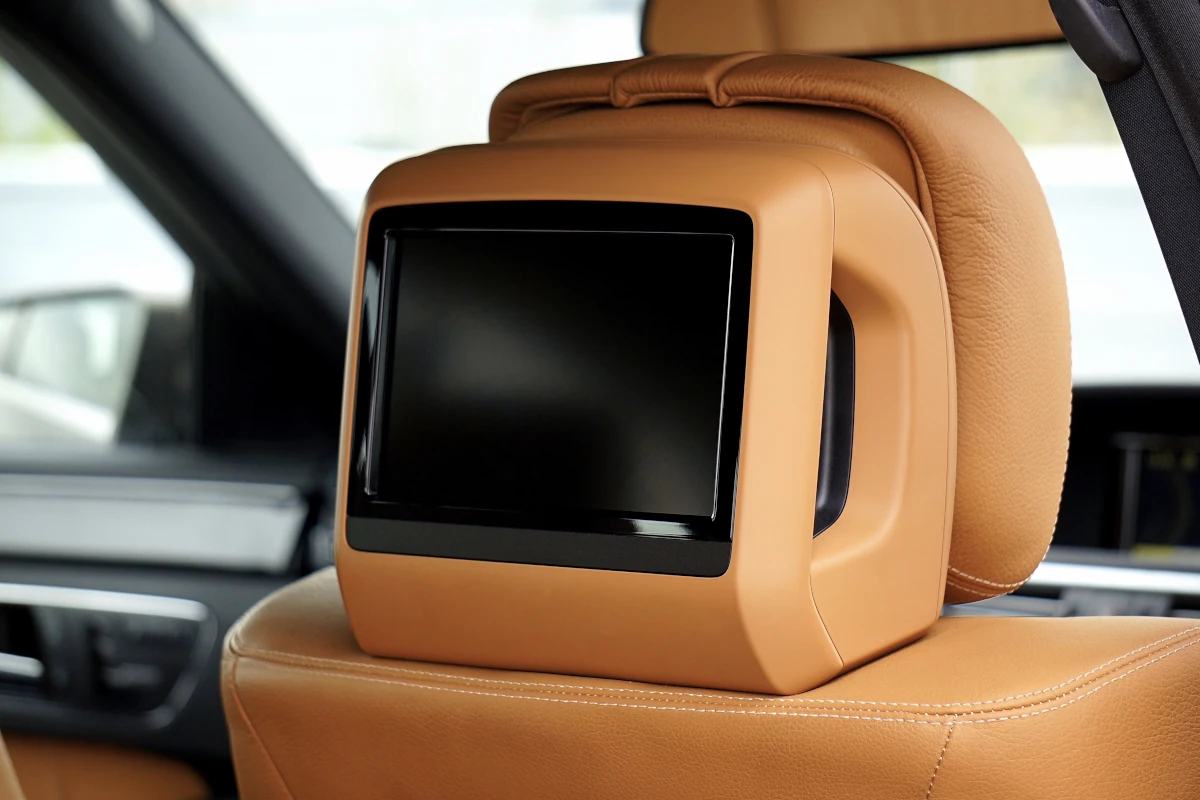
The seat back display or rear-seat display is included in the infotainment system to help the passengers connect to AV devices without any hassles.
They can watch shows, games, and even movies in a high resolution via external memory devices or live streaming.
Multimedia support
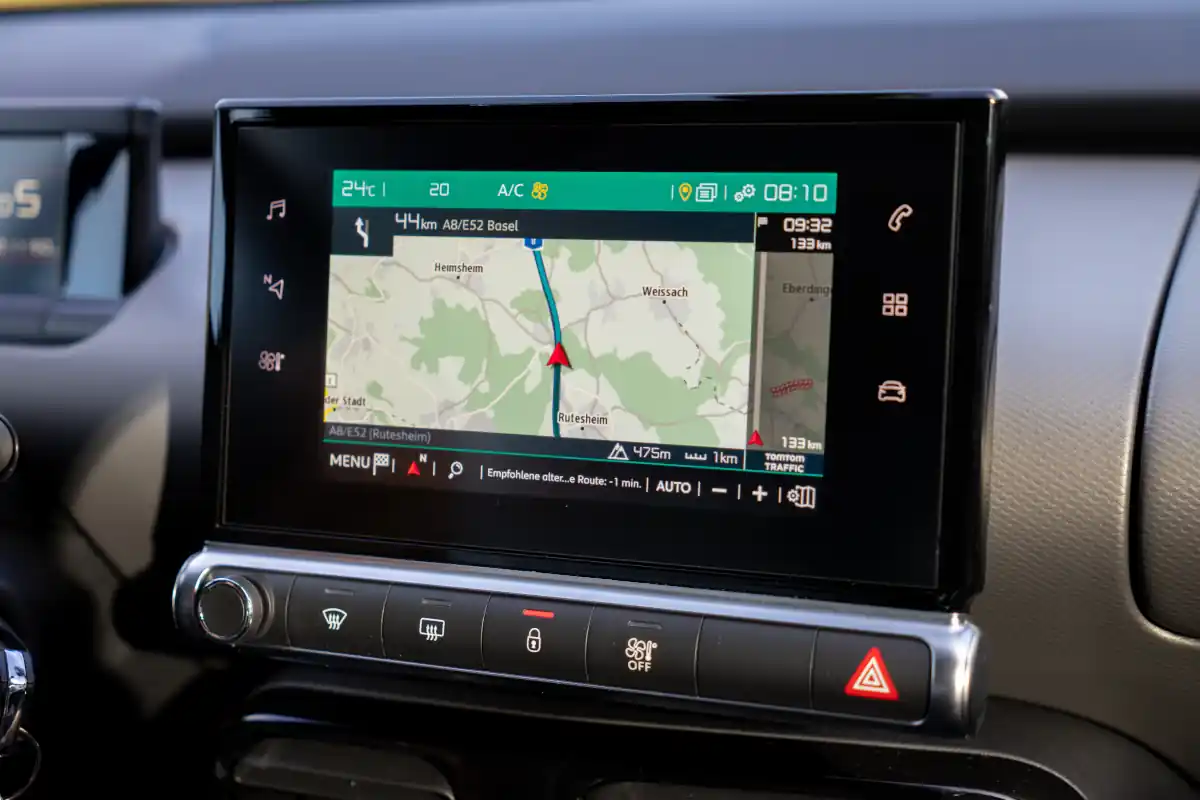
With a modern infotainment system, it is now possible to transfer audio and video content to the display screen via Bluetooth and USB from smartphones.
Images with JPEG, PNG, and BMO formats, while the videos with MP4 and Avi formats are supported by most of the infotainment systems.
Advanced Support Vehicle Functions
Infotainment systems in a car have been integrated with supporting features such as parking assistance, lighting indicates, voice associates, and climatic control, which can be accessed and controlled within a touch screen panel.
Types Of Infotainment System – Touch Screen
The infotainment system was not all touchscreen when the automotive industry was in its initial stage.
Technological advancements have evolved the infotainment system to deliver better customer experiences.
Acura on-demand Multi-use Display
The system focuses on prioritizing delivering high-performing and user-friendly interfaces.
From backup camera views to climatic controls, the simplified menu system offers a less cluttering experience for the drivers.
Audi MMI And Virtual Cockpit
Audi MMI and Virtual Cockpit provide well-designed touchpads, input dials, Google-based maps, and a sophisticated cockpit that offers countless layout customization options.
BMW iDrive
BMW’s innovative infotainment system has a smooth quality interface with a control knob/dial combination that includes voice controls, gesture controls, and even physical buttons to provide a streamlined experience.
Closing
Technology has a significant role in every business vertical in today’s modern era.
It is indeed heading in the futuristic direction of the ever-evolving automotive industry, where Automakers are thriving continuously to add more and more features to their infotainment models, addressing customers’ demands and meeting them in the most innovative ways.
Sources
In-Vehicle Infotainment System – Everything You Need to Know About (einfochips.com)
Car infotainment systems – what’s inside your car’s “brain”? (concisesoftware.com)

